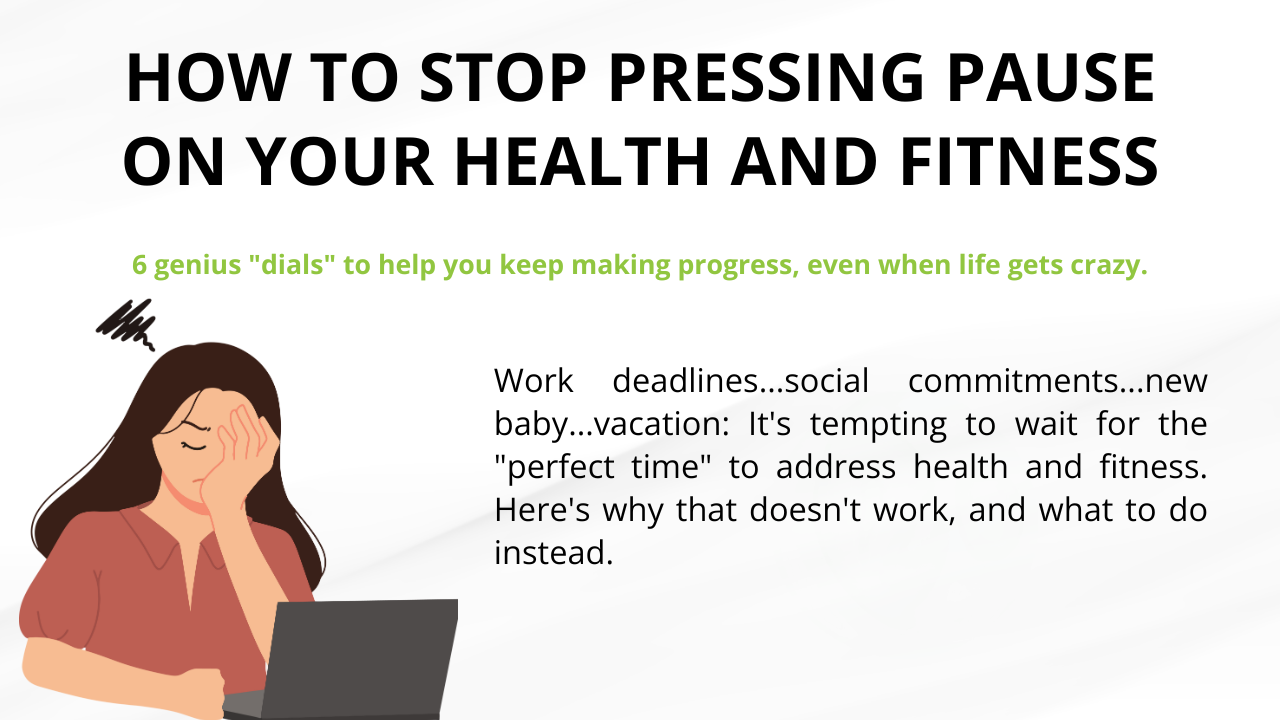“CrossFit Journal Article wrote by Tony Leyland and published in July 2008. We are republishing it in his own words”
CrossFit programming and metcon workouts
I, and many others who have looked closely at CrossFit, could write a book on this topic. But for the purposes of this article, what I want to do is begin to explore why CrossFit’s metcon workouts are so taxing and effectively train so many aspects of physiological fitness.
In its entirety, CrossFit programming works both ends of the power spectrum (as do a number of other fitness programs). Many workouts focus on strength (e.g., the CrossFit Total, 1- to 3-rep Olympic and slow lifts); others on aerobic capacity (e.g., running and rowing relatively long distances, or sustained calisthenics). In addition, interval training (e.g., 3 x 800 meters, or 4 x 400 meters, or one-minute rounds, or Tabatas) simultaneously improves aerobic function and stresses more Type II fibers and the body’s ability to remove metabolites during anaerobic exercise and hence sustain that exercise intensity for longer. But it is the mixed-mode metcon workouts, such as “Linda,” “Grace,” “Fran,” “Helen,” and even “Angie” and “Murph” that are particular to CrossFit and one of the keys to its remarkable efficacy at increasing work capacity across broad time and modal domains.
So, what muscle fibers and energy systems do these workouts target? All elite CrossFitters are excellent at working across all their power output levels. They are conditioned to work the entire range, from 20 to 25 percent of their max power output for long periods (aerobic power) to moderate power outputs for extended periods of time, to 90 to 100 percent of their max power output for a few seconds. What the actual maximum power output of any particular CrossFitter is will depend on his or her physical size (total muscle mass) and fitness and skill levels
Obviously though, there are differences among elite CrossFitters. A CrossFitter with a 270-pound clean and jerk is working at 50 percent of maximum load when he does “Grace” (thirty 135-pound clean and jerks for time) and can recruit less of his muscle fibers at the start (maybe only Type I and some Type IIa). Due to the continuous nature of “Grace” these muscle fibers will start to fatigue. But as these fibers tire, he can elicit a stronger wave of excitation and start to recruit additional Type IIa and Type IIb fibers. On the other hand, a CrossFitter with only a 150-pound clean and jerk will have to start with a very large wave of excitation and have to recruit the most muscle fibers available from the beginning of the workout. Hence he will fatigue much quicker and have to rest longer between lifts. This fatigue will definitely have a central nervous system (CNS) component, since intense repeated bouts of strenuous exercise deplete neurotransmitter levels, which results in reduced physical and cognitive performance. All voluntary muscle activities are controlled by the CNS through nerve connections; hence the role of neural fatigue is an integral part of understanding fatigue during metcon workouts.
The CNS fatigue will affect lightweight or weaker CrossFitters more during heavier lifts as they require more muscle stimulation to achieve each lift. However, the lightweight CrossFitter will have an advantage in workouts like “Angie,” “Helen,” “Murph,” and possibly “Fran” as well, which are made up largely of bodyweight exercises, with only relatively light external loads, since the lower bodyweight means there is less total work to accomplish. Body dimensions also play some role, and a tall athlete will do more work during exercises like Tabata squats and floor-to-overhead lifts than a shorter athlete of the same weight.
Another distinguishing element of CrossFit programming and the variety of workout types it includes is that we have to exercise through the entire power range in so many muscle groups. What other training program would ask you to do something like “Linda”? Although circuit training has been around for a long time, it typically entails individually working different small muscle groups fairly hard for a fixed time and then resting before starting another round. CrossFit “metcons,” though, are metabolically demanding combinations of full-body, multijoint, high-power movements that you just blast through for time with no rest. They typically challenge all muscle fiber types and all energy systems at once. Clearly they are predominantly anaerobic, with the aerobic system helping recovery. Only those who can blast through 26+ rounds of “Cindy” with no rest periods can claim that it is primarily aerobic. Maybe “Cindy” and “Murph” have more aerobic flavor than some of the metcon workouts but, for most of us, as those push-ups start to fatigue the Type I fibers, we have to resort to whatever fibers the CNS can manage to stimulate. Twenty-five minutes into “Murph” the strain is felt in a lot of different muscle fibers and the circulatory system, whereas twenty-five minutes into a hard 10K run, the strain is limited to legs and circulatory systems.
Another important challenge presented by many of the metcon workouts is the instant switching of activities that many of them require. During the fast 400-meter run in “Helen,” for example, the body pushes blood to the working leg muscles, which means that capillaries in these muscles open up, while capillaries in the gastrointestinal tract and other organs not essential to exercise are restricted. There is only so much blood to go around, and if resistance into all the body’s capillary beds dropped, you would pass out due to low blood pressure. To prevent this, blood flow to the upper body is also restricted. Then you hit the kettlebells, and the body has to switch blood flow to the upper body quickly. It isn’t easy.
If you haven’t already experienced this yourself, try this experiment: warm up and then do your max set of pull-ups. A day or two later, warm up and go for a hard 1K run followed immediately by another max set of pull-ups. You will not be able to do as many. Why? I think there are (at least) three factors. For one thing, the blood flow to your “pull-up muscles” will be slightly lower after the run, as the closing down of capillary beds in the legs is not instantaneous, and this will delay opening up of capillaries in the arms. Keep in mind the body has been trying hard to get oxygen and fuel to the legs and remove CO2 ,metabolites and lactate from them, and now, suddenly, you are telling it you have “changed your mind and would like it to focus on the arms please!” Second, there is a challenge to the CNS to re-coordinate the activity, switching to pull-ups from the run. And, third, I think there is also a psychological/ mental difficulty component, as it just plain feels harder to do pull-ups (especially fast, powerful kipping ones) when you are busting a lung already.
Obviously the hormonal response to the metcon workouts is also a huge and complex factor in their efficacy. Strength training has been shown to increase anabolic hormones (hormones that promote tissue building). These hormones are insulin, insulin-like growth factor, testosterone, and growth hormone. Research with young males has shown that several factors appear to increase acute serum testosterone levels during and after workouts. These factors are:
- Large muscle group exercises (e.g., deadlifts, cleans, squats)
- Heavy resistance work (1- to 3-rep-max sets)
- Moderate to high volume of exercise (Note that this research finding does not necessarily mean just long duration but also multiple sets and multiple exercises.)
- Short rest intervals
- Two or more years of resistance training
Does the above list apply to metcon workouts?
Rhetorical question; no need to answer.
The specific hormonal response to training is in itself another long article, but it is important to note that only muscle fibers that are activated by resistance work are subject to adaptation due to these hormonalm effects. This is yet another obvious benefit of CrossFit programming and yet another reason to ask, “Why bother doing biceps curls?”
Chronic long, slow, distance training, however, can actually decrease testosterone levels in males and estrogen levels in females. This fact may be an additional reason for the effectiveness of CrossFit’s directive to train hard and smart, not just long and longer. It is certainly part of the reason CrossFit has had such good results training endurance athletes with much less mileage than traditional endurance programs prescribe. Tough metcon workouts can be as short as two minutes and as long as 50+ minutes, but none will have you pounding the pavement for hours upon hours.
Benchmark CrossFit Workouts Mentioned in this Article
“Angie”
100 pull-ups
100 push-ups
100 sit-ups
100 squats
One round, for time. Complete all reps of each exercise before moving to the next.
“Cindy”
5 pull-ups
10 push-ups
15 squats
Complete as many rounds as possible in 20 minutes.
“Fran”
21 thrusters, 95 pounds
21 pull-ups
15 thrusters, 95 pounds
15 pull-ups
9 thrusters, 95 pounds
9 pull-ups
For time.
“Grace”
30 clean and jerks, 135 pounds
For time.
“Helen”
400-meter run
21 kettlebell swings, 1.5-pood (24 kg)
12 pull-ups
Three rounds, for time.
“Linda” (a.k.a. “Three Bars of Death”)
Deadlift, 1.5 times bodyweight
Bench press, bodyweight
Clean, .75 times bodyweight
10/9/8/7/6/5/4/3/2/1-rep rounds (ten rounds, starting at 10 reps and decreasing by one rep per round). Set up three bars and storm through for time.
“Murph”
1-mile run
100 pull-ups
200 push-ups
300 squats
1-mile run
For time. Partition the pull-ups, push-ups, and squats as needed. Start and finish with a one-mile run. If you’ve got a twenty-pound vest or body armor, wear it.
The utility of CrossFit results
Ultimately any training program should be able to boast that it is preparing its trainees for whatever life—or a game or a mission—throws at them. I think this is one of the easier things to explain about CrossFit.
I once had a student in an exercise physiology course who looked to be an out-and-out bodybuilder type— until he ran seven laps of a 400-meter track during a 12-minute run test (Cooper Test). I was impressed. I talked to him and he admitted that two years earlier he was just a bodybuilder. But then he went on hikes with his girlfriend only to be left out of breath and in the dust. He spent hours upon hours in the gym each week and got his ass kicked on a hike! After that experience he had to ask himself, “What is the use of having a Cadillac body with a Volkswagen engine?” I thought that was a great statement but I will modify it to be more accurate in light of my discussion above. Our muscles are in fact the engines that drive our mechanical power output. So a better way to rephrase my student’s quote might be to ask “What is the point of having a Ferrari engine with a lawnmower fuel pump?”
Have I answered the $64,000 question of what is going on inside the black box of CrossFit programming? Of course not. But I hope I have clarified some of the mechanisms at play. So far, there is not any research (that I am aware of) that has really got to what I think is at the heart of that question: namely, “Why is the whole greater than the sum of the parts”? By this I mean that— even if we can start to dissect how CrossFit metabolic conditioning challenges all muscle fiber types, all energy systems, the central coordination of muscle groups, and the nerve transmission systems themselves, as well as eliciting a variety of hormonal responses that in turn benefit all muscle fibers—the question still remains as to exactly how and why CrossFit’s particular blurring of the distinctions between “cardio” and strength training consistently produces such a stunning blend of athletic abilities.





